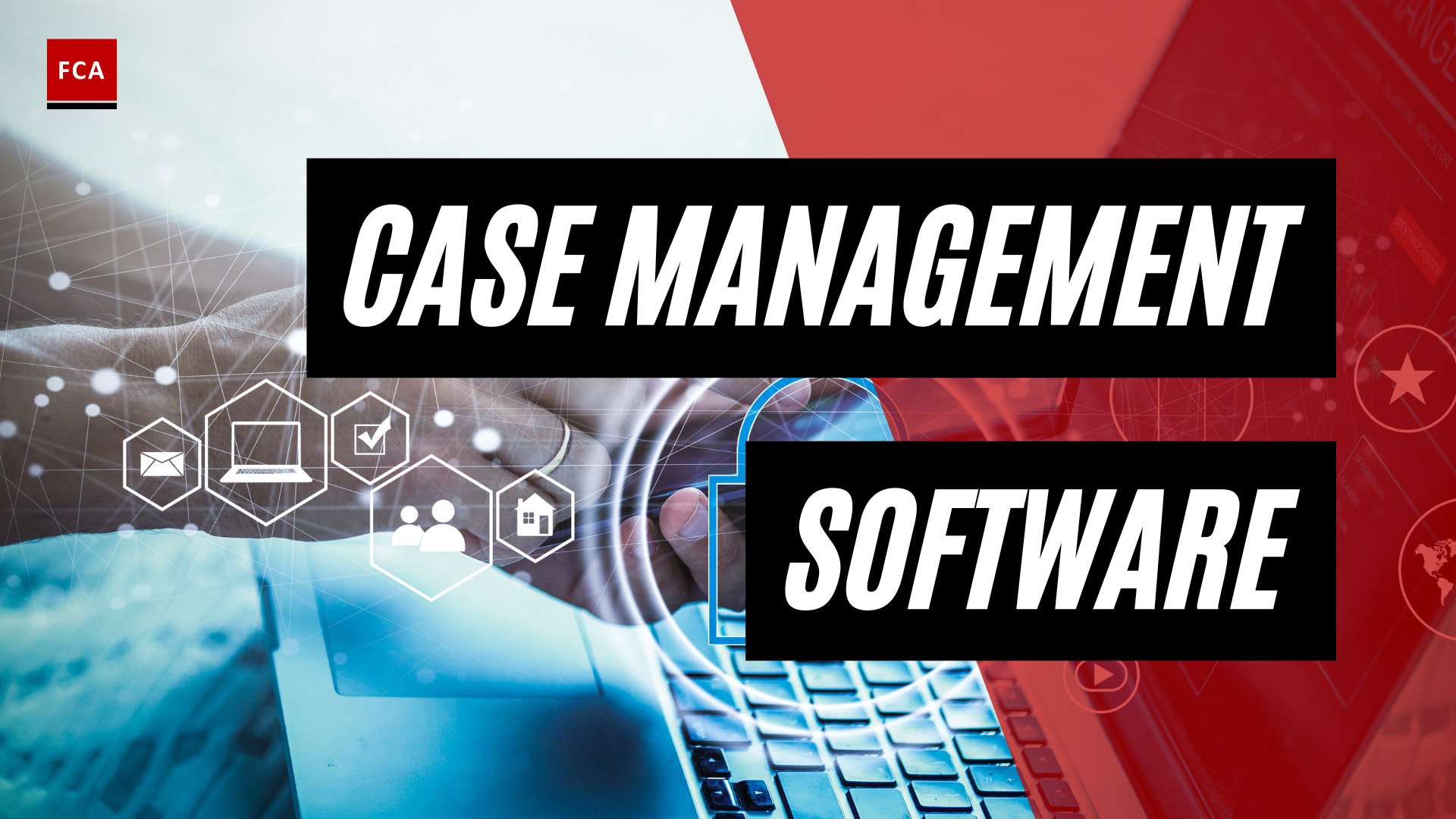AML Compliance: Understanding the Importance
To combat the global issue of money laundering and ensure the integrity of financial systems, Anti-Money Laundering (AML) compliance is of paramount importance. This section provides an overview of AML compliance and highlights the consequences of non-compliance.
Overview of AML Compliance
AML compliance refers to the set of regulations, policies, and procedures implemented by organizations to detect and prevent money laundering and other illicit financial activities. The primary objective of AML compliance is to safeguard financial institutions and businesses from being used as conduits for illegal funds.
Regulatory bodies, such as government agencies and financial authorities, establish AML regulations to combat money laundering, terrorist financing, and other financial crimes. These regulations outline the obligations and responsibilities of businesses to implement robust AML programs. A comprehensive AML compliance program includes various components such as customer identification, transaction monitoring, risk assessment, and reporting suspicious activities.
Implementing an effective AML compliance program is crucial not only to meet regulatory requirements but also to mitigate the risks associated with financial crimes. By adhering to AML best practices and maintaining compliance, businesses can protect their reputation, maintain customer trust, and contribute to the overall integrity of the financial system.
Consequences of Non-Compliance
Non-compliance with AML regulations can have severe consequences for businesses. Regulatory authorities impose stringent penalties and sanctions to deter non-compliance and ensure adherence to AML regulations. The consequences of non-compliance may include:
- Financial Penalties: Fines and penalties imposed on organizations for failing to comply with AML regulations can be substantial. In the United Kingdom, under the Money Laundering Regulations 2017, firms that fail to implement AML and Know Your Customer (KYC) initiatives could face fines of up to £5 million or 10% of their annual turnover, whichever amount is greater (NorthRow). For example, in 2018, Sigma Capital was fined £1.6 million for failing to comply with regulations.
- Reputational Damage: Non-compliance with AML regulations can result in significant reputational damage for businesses. News of non-compliance can erode customer trust, leading to a loss of business and potential damage to long-term relationships with clients and partners.
- Legal Consequences: Non-compliance may result in legal actions, including criminal prosecutions, against both the organization and responsible individuals. It is essential to understand that non-compliance with AML regulations can have serious legal implications.
- Loss of Business Opportunities: Financial institutions and businesses that are not compliant with AML regulations may face restrictions and limitations when engaging in international transactions or establishing relationships with reputable financial entities. Non-compliance can hinder business growth and limit access to new markets.
- Increased Regulatory Scrutiny: Organizations that have a history of non-compliance are subject to increased regulatory scrutiny. Regulatory authorities may impose additional reporting requirements, conduct more frequent audits, or impose more stringent supervision measures to ensure compliance.
In summary, organizations must recognize the importance of AML compliance and the potential consequences of non-compliance. By implementing robust AML programs, businesses can protect themselves from financial and reputational risks while contributing to the global effort to combat money laundering and other illicit financial activities.
AML Best Practices for Customer Identification
To ensure compliance with Anti-Money Laundering (AML) regulations, financial institutions and businesses must implement robust customer identification programs. These programs are designed to verify the identity of customers and mitigate the risks associated with money laundering and financial crimes. In this section, we will explore the key elements of a customer identification program and the role of technology, including AI and ML, in enhancing AML compliance.
Elements of a Customer Identification Program
A customer identification program (CIP) is a set of procedures and practices that financial institutions and businesses follow to identify and verify the identity of their customers. The primary goal of a CIP is to establish the true identity of customers, assess their potential risks, and ensure compliance with regulatory requirements.
The elements of a comprehensive CIP typically include:
-
Identity Verification: Financial institutions and businesses must collect and verify customer information, such as name, address, date of birth, and identification documents. This process involves comparing the information provided by the customer with authoritative databases and issuing sources to ensure accuracy and authenticity (Persona).
-
Screening for Sanctions and PEPs: A crucial aspect of a CIP is the screening of customers against global sanction lists and politically exposed persons (PEPs) databases. This helps to identify individuals or entities with links to money laundering, terrorist financing, or other illicit activities (Persona).
-
Risk Assessment: Financial institutions and businesses need to assess the risk associated with each customer based on factors such as their occupation, source of funds, and geographical location. This risk-based approach allows for prioritizing enhanced due diligence on higher-risk customers (aml risk-based approach).
-
Record Keeping: AML regulations require financial institutions and businesses to maintain accurate records of customer identification information and related documentation. These records should be readily accessible for regulatory examinations and audits.
Harnessing Technology for Customer Identification
The integration of technology into AML compliance workflows has transformed the way customer identification is conducted. It enables financial institutions and businesses to streamline and enhance the efficiency and accuracy of their customer identification programs. Some of the ways technology can be harnessed for customer identification include:
-
Automation: Robotic process automation (RPA) can automate routine tasks such as data entry, document verification, and transaction monitoring. By reducing manual effort, automation allows compliance teams to focus on more complex aspects of AML compliance (Source).
-
Big Data Analytics: Utilizing big data analytics, financial institutions and businesses can analyze large volumes of data to detect patterns, trends, and anomalies indicative of potential money laundering activities. This helps in identifying and mitigating risks more effectively (Source).
The Role of AI and ML in AML Compliance
Artificial intelligence (AI) and machine learning (ML) technologies are revolutionizing AML compliance by enabling more accurate and efficient customer identification processes. AI and ML algorithms can analyze vast amounts of data, identify suspicious activities, and generate alerts for further investigation. These technologies also improve over time as they learn from patterns and new data, enhancing their ability to detect emerging risks and evolving money laundering techniques (Source).
Financial institutions and businesses can leverage AI and ML in AML compliance to:
- Automate customer due diligence processes, including identity verification and risk assessment.
- Enhance transaction monitoring by identifying potentially suspicious activities in real-time.
- Improve the accuracy of screening processes for sanctions and PEPs.
- Streamline compliance workflows, reducing manual effort and improving operational efficiency.
By harnessing the power of technology, financial institutions and businesses can strengthen their customer identification programs and ensure effective AML compliance. However, it is important to strike a balance between technology and human expertise to ensure accurate decision-making and mitigate the risk of false positives or negatives.
Challenges in AML Compliance
Ensuring compliance with Anti-Money Laundering (AML) regulations comes with its fair share of challenges. Financial institutions and organizations face various obstacles in their efforts to combat money laundering and terrorist financing. Three key challenges in AML compliance are technological advancements and integration, data management and information sharing, and recruitment and training of AML professionals.
Technological Advancements and Integration
The integration of technological advancements into AML workflows is transforming the landscape of compliance. Technologies such as artificial intelligence (AI), machine learning (ML), and robotic process automation (RPA) are revolutionizing the way financial institutions approach AML compliance. These advancements enhance the ability to detect and deter money laundering and associated financial crimes by improving accuracy and efficiency (Source).
However, the rapid pace of technological advancements can pose challenges for organizations in terms of keeping up with the latest tools and techniques. Financial institutions may face obstacles due to the lack of data and technology resources required to effectively detect and prevent money laundering activities. This can include inadequate customer, transaction, or third-party data, as well as insufficient analytical tools for identifying suspicious activities (Sanction Scanner).
Data Management and Information Sharing
Data management and information sharing are critical components of effective AML compliance. Financial institutions need to collect, analyze, and store vast amounts of data to identify and mitigate potential money laundering risks. However, managing and integrating data from disparate sources can be complex and resource-intensive.
Moreover, the sharing of information between financial institutions and regulatory authorities is crucial for combating money laundering at a broader level. Collaborative efforts and information sharing help in identifying patterns, trends, and suspicious activities across institutions. However, ensuring secure and efficient data sharing while adhering to privacy and confidentiality regulations can be challenging.
Recruitment and Training of AML Professionals
The recruitment and training of qualified AML professionals pose another challenge for organizations. As the demand for AML expertise grows, organizations must attract and retain skilled professionals who possess a deep understanding of AML regulations, risk assessment, and transaction monitoring.
Recruiting individuals with the necessary skills and experience to navigate the complex landscape of AML compliance can be competitive. Additionally, providing ongoing training to keep up with evolving regulations and emerging financial crime trends is essential. Organizations must invest in training programs and certifications to ensure their AML professionals stay updated and well-equipped to tackle the ever-changing landscape of financial crime prevention.
By addressing these challenges and implementing effective solutions, organizations can enhance their AML compliance programs and contribute to the global efforts in combating money laundering and terrorist financing. The integration of technology, efficient data management, and investment in skilled professionals are key pillars in achieving robust AML compliance frameworks.
Technology’s Transformative Role in AML/CFT
As anti-money laundering (AML) and countering the financing of terrorism (CFT) efforts continue to evolve, technology plays a crucial role in strengthening compliance measures. With the aid of automation, big data analytics, and advancements in Know Your Customer (KYC) and identity verification, financial institutions can enhance their AML/CFT processes, improve risk detection, and ensure regulatory compliance.
Automation in AML/CFT Processes
Automation in AML/CFT allows for the swift analysis of vast amounts of data from various sources, aiding in identifying potential red flags and suspicious activities. This streamlines processes like customer due diligence and transaction monitoring, reducing manual errors and ensuring compliance efficiency. By automating routine tasks, financial institutions can focus their resources on authentic risk investigations, strengthening their ability to combat money laundering and terrorist financing (LinkedIn).
Big Data Analytics for Enhanced Risk Detection
The integration of big data analytics in AML/CFT efforts helps uncover hidden patterns and trends, aiding in the identification of complex money laundering networks, terrorist financing channels, and emerging risks. By analyzing vast amounts of data, including transactional information, customer profiles, and external data sources, financial institutions can enhance their risk detection capabilities. This enables them to proactively identify suspicious activities and take appropriate action. Furthermore, big data analytics promote effective information sharing within and across sectors, enhancing collective security (LinkedIn).
| Benefits of Big Data Analytics in AML/CFT |
|---|
| Enhanced risk detection |
| Identification of complex money laundering networks |
| Proactive identification of suspicious activities |
| Effective information sharing |
| Collective security |
Advancements in KYC and Identity Verification
Technology has revolutionized KYC and identity verification processes, providing more accurate and efficient methods for customer onboarding. Advancements such as biometric authentication, facial recognition, and digital document verification have significantly improved the accuracy and speed of identity verification. These advancements make it harder for criminals to use falsified identities for illicit transactions, thereby enhancing security in the financial system. By leveraging technology, financial institutions can ensure thorough customer identification and verification, mitigating the risk of money laundering and terrorist financing (LinkedIn).
The transformative role of technology in AML/CFT is reshaping compliance practices, enabling financial institutions to stay ahead of evolving risks and regulatory requirements. By harnessing automation, big data analytics, and advancements in KYC and identity verification, these institutions can enhance their risk detection capabilities, improve compliance efficiency, and contribute to a safer and more secure financial ecosystem.
Risks and Mitigation in Remote Deposit Capture
Remote Deposit Capture (RDC) has revolutionized the way banks handle check deposits, providing convenience for customers and streamlining the deposit process. However, this innovative technology also presents various risks that financial institutions need to address to ensure compliance with anti-money laundering (AML) regulations and mitigate potential threats.
Risks Associated with Remote Deposit Capture
RDC introduces several risks to banks, including money laundering, fraud, and information security. Financial institutions must be vigilant in managing these risks to protect themselves and their customers from illicit activities.
Some of the risks associated with RDC include:
-
Money Laundering: Criminals may attempt to exploit RDC services to launder illicit funds by depositing fraudulent or illegally obtained checks into multiple accounts.
-
Fraud: RDC can provide an avenue for check fraud, including the submission of counterfeit or altered checks. Fraudulent checks could be deposited remotely, making detection more challenging.
-
Information Security: RDC requires the transmission and storage of sensitive customer information. Banks must have robust security measures in place to safeguard this data from unauthorized access, breaches, or misuse.
To effectively mitigate these risks, financial institutions should adhere to guidelines and best practices provided by regulatory bodies such as the Financial Institutions Examination Council (FFIEC).
FFIEC Guidelines for Risk Management
The FFIEC, on January 14, 2009, published guidance on “Risk Management of Remote Deposit Capture,” which emphasizes the identification, assessment, and mitigation of RDC risks. This guidance document serves as a valuable resource for financial institutions to manage the risks associated with RDC effectively.
Key aspects covered in the FFIEC guidance include:
-
Risk Factors: The document discusses various risk factors associated with RDC, including operational, credit, compliance, transaction, reputation, and strategic risks. Understanding these risk factors is crucial for implementing effective risk management measures.
-
Mitigants: The FFIEC guidance provides recommendations and best practices to mitigate the risks associated with RDC. These include conducting customer due diligence, implementing transaction monitoring systems, performing ongoing risk assessments, and establishing strong internal controls.
Higher-Risk Customers in RDC Services
Financial institutions offering RDC services must be aware of higher-risk customers that may utilize this technology for potentially illicit purposes. Identifying and monitoring these customers is essential to prevent money laundering and other illegal activities.
Higher-risk customers in RDC services can include:
-
Online Payment Processors: Online payment processors may present higher risks due to the potential for facilitating money laundering or fraudulent transactions.
-
Certain Credit-Repair Services: Some credit-repair services may pose elevated risks due to the potential involvement in fraudulent activities or attempts to manipulate financial information.
-
Online Gambling Operations: Online gambling operations can introduce higher risks due to their association with money laundering and the potential for illegal gambling activities.
-
Adult Entertainment Businesses: Adult entertainment businesses may be subject to higher risks due to their association with money laundering, human trafficking, and other illicit activities.
Financial institutions should implement enhanced due diligence measures, including thorough customer identification and ongoing monitoring, to identify and mitigate the risks associated with these higher-risk customers.
By understanding the risks associated with RDC and following the guidelines provided by regulatory bodies like the FFIEC, financial institutions can effectively safeguard against money laundering, fraud, and information security breaches. Implementing robust risk management practices and staying vigilant in monitoring higher-risk customers will help ensure the integrity and security of RDC services.
Managing Risks in E-Banking Systems
As e-banking systems continue to evolve, it is important for financial institutions to effectively manage the risks associated with these systems. E-banking systems involve delivering banking products electronically to customers, allowing various transactions to be initiated online without face-to-face contact. However, this convenience also presents higher risks, particularly in terms of money laundering and terrorist financing. In this section, we will explore the higher risks in e-banking systems and discuss the necessary measures for ensuring customer identification and monitoring.
Higher Risks in E-Banking Systems
Accounts opened without face-to-face contact in e-banking systems may pose a higher risk for money laundering and terrorist financing. Due to the nature of these systems, it is crucial for banks to establish BSA/AML monitoring, identification, and reporting for unusual and suspicious activities occurring through e-banking channels. To effectively manage the risks associated with e-banking systems, it is important to implement the following measures:
-
BSA/AML Monitoring and Identification: Banks should establish robust monitoring mechanisms to detect and identify suspicious activities occurring through e-banking systems. This includes monitoring ATM activity reports, funds transfer reports, new account activity reports, change of Internet address reports, Internet Protocol (IP) address reports, and reports to identify related or linked accounts (FFIEC).
-
Ensuring Customer Identification and Monitoring: Effective policies and procedures should be in place to authenticate a customer’s identity when opening accounts online. Banks must recognize the potential higher-risk nature of e-banking systems and establish adequate processes for customer identification and monitoring. This includes verifying customer information, conducting due diligence checks, and monitoring transactions for suspicious activities.
By implementing these measures, financial institutions can mitigate the risks associated with e-banking systems and ensure compliance with AML regulations and requirements. However, it is important to note that the risks and requirements may vary depending on the specific jurisdiction and regulatory framework.
To further enhance risk management in e-banking systems, financial institutions can leverage AML compliance software and big data analytics to analyze large volumes of data and detect patterns that may indicate suspicious activities. Regular AML compliance training for employees is also essential to ensure a strong understanding of compliance requirements and best practices.
In conclusion, financial institutions must acknowledge the higher risks associated with e-banking systems and establish comprehensive measures to manage these risks. By implementing effective BSA/AML monitoring, ensuring customer identification and monitoring, and leveraging technology and data analytics, financial institutions can enhance their ability to detect and prevent illicit activities in the e-banking environment.









